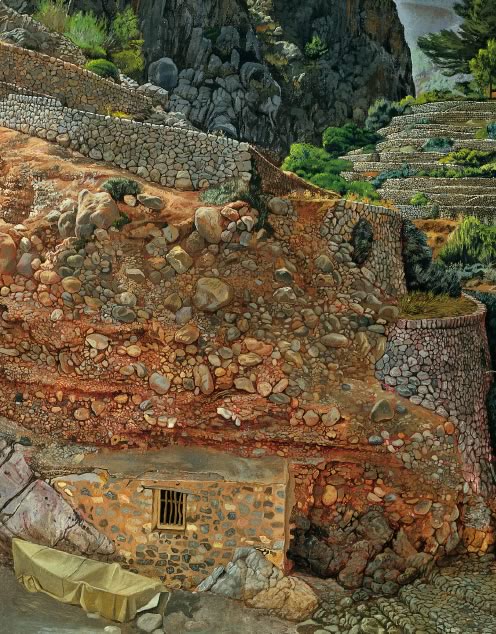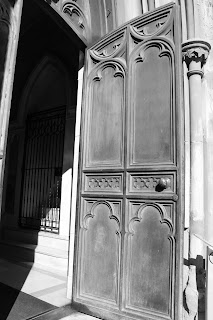Landscapes
- 3 main types of landscapes
- landscape photography through the wide views


- use close-up to capture landscape details
- create abstract images of the landscape that accentuate form, texture, and pattern
Landmarks in Landscape Photography
- emphasize elements and principles of a scene
- edges of frame and focus are key
- rule of thirds
- lighting, either warm or cool, and shooting at specific times of day will improve images
- 100 ISO will help give more details-tripods will help
Ansel Adams (1902-1984)
- 14yrs old when he first went to Yosemite
- went back later and took his best-known images there
- tried to capture experience of being in wilderness
Photographing the Landscape
Thinking Artistically
- composition is one of the most important aspects of landscape photography and viewpoint is the most important part of composition
- value--> an image's light and dark areas is especially important in black and white landscape photography
- balance between unity and variety
- unity- when all the individual parts of your image come together and support each other to make one cohesive image
- variety- refers to all the diverse art elements found in a picture
Camera Settings
- max. depth of field f/16, f/22, f/32
- for large format cameras f/64 (smallest f-stop)
Light
- after sunrise and just before sunset
- easier to deal with direct lighting for distant subjects than it is for closer subjects
- Grand Landscape photographs- direct lighting creates the highlights and shadows that make a landscape seem three-dimensional
Film
- use 100 ISO with 35mm capture all the details
Lenses
- landscape photographers prefer to use wide-angle lenses that capture more of the scene
- concentrating on details or areas in the distance, like one mountain in a range of mountains, some photographers use a telephoto lens
Filters
- big part of landscape
- at least a yellow filter, just to bring out the clouds
Camera Support
- when combine slow films and small f-stops (f/16-f/22) slow shutter speeds = going to need tripod to support camera so you will get sharp images
The Grand Landscape
- grand landscape- "big view"
- great outdoors-wide-open expanses that showcase the majesty of the natural world
- you can also select non-traditional subjects
- wide-angle to normal lens, create some Grand Landscape photographs that include sky
Landscape Details and Close-ups
- parks are a good source of subject matter for detail- oriented photograph, with interesting trees, well groomed lawns and meadows, and beautiful lakes
- light meters are designed to create an exposure that makes medium or middle gray out of the scene being metered
Abstracted Elements in the Landscape
- abstracted elements are images composed of lines, shapes, values, and textures
- best ways to turn an ordinary scene into an abstract image is to get really close to your subject and photograph only a small part of it
- macro lens on small subjects, you'll need as much depth of field as possible
- trees are great subjects for exploring abstracted images













